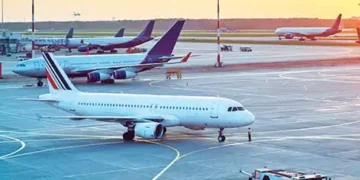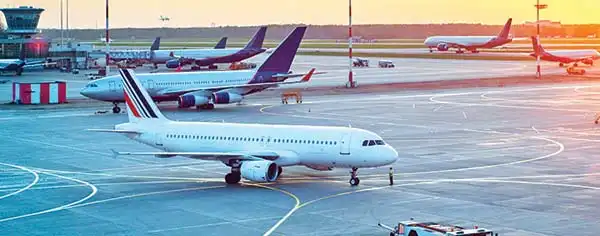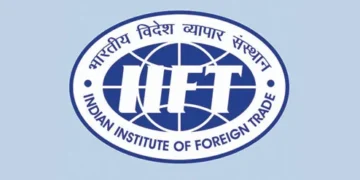Madhurendra Sinha
NAVI Mumbai International Airport is set to begin operations on May 15. Another major international airport – Jewar near Greater Noida – is scheduled to open by the end of the year. While Navi Mumbai will have the capacity to handle about 20 million passengers annually, Jewar Airport will handle 70 million, making it not only India’s, but Asia’s largest.
Already, there are 148 functional airports across the country, and the Civil Aviation Minister Rammohan Naidu Kinjarapu is reported to have said the Government plans to build 50 new airports within the next five years. But the question arises: are there enough airlines?
Currently, India has only three major airlines and a few smaller ones. Air India, the country’s oldest airline, was sold to the Tata Group, which previously operated Vistara. After acquiring Air India, Tatas merged Vistara with Air India. Another airline, AirAsia, discontinued its domestic services, leaving only two major low-cost carriers – Indigo and SpiceJet – to serve millions of passengers.
This is in stark contrast to the past, when India boasted about a dozen airlines. During the 1990s, when the Narasimha Rao Government embarked on liberalisation, many entrepreneurs came out to launch airlines. These included East-West Airlines, Jet Airways, Damania Airways, Sahara Airways, NEPC, ModiLuft, and others. The trend continued with the turn of the century, with the introduction of luxury airline Kingfisher.
However, as the number of passenger soared, airports in the country struggled to handle the massive influx. To accommodate this growth, the Government invested heavily in infrastructure expansion, including a number of public-private partnership (PPP)-airports, along with many others built directly by the Government.
Today, the aviation sector has a well-established infrastructure, and the Government is working towards making India a global aviation hub. At the same time, the number of airlines has dwindled. During the recently-concluded Maha Kumbh, airfares skyrocket due to insufficient number of carriers to handle the massive rush of pilgrims.
The Government’s UDAN (Ude Desh ka Aam Naagrik) programme aims to make air travel accessible to every citizen in the country, but it may not be possible with diminishing number of airlines. It needs to address the issue by coming up with policies that not only support the growth of airlines, but also ensure their sustainability
































